 Berio: Rendering, Schubert: Symphony No 9 Soloistes Européens, Luxembourg/Christoph König (Rubicon)
Berio: Rendering, Schubert: Symphony No 9 Soloistes Européens, Luxembourg/Christoph König (Rubicon)
Schubert's unfinished Symphony No 10 has been completed by various hands. I took part in a performance of Brian Newbould’s realisation several decades ago and had totally forgotten about the piece: how its chirpy first subject sounds like a G&S overture, and how modern-sounding the trombone passage near the close of the first movement is. This is vintage, exploratory Schubert. Luciano Berio's Rendering takes a different tack, treating Schubert's sketches as a three-movement fresco to be restored, “without trying to disguise the damage that time has caused…”. A bit like having a crumbling building imaginatively refurbished by a sympathetic architect. In essence, Rendering is long stretches of Schubert interspersed with bits of Berio. The two worlds collide to enchanting effect, Berio's exquisitely coloured additions a delicious surprise when heard for the first time. Sample the passage about five minutes into the slow movement, or the finale’s shadowy opening: it's as if a projected image is being slowly drawn into focus. Rendering has been recorded several times before. Chailly's Decca version is good, but this Luxembourg performance is tauter and better played, Christoph König's musicians revelling in the music’s mischief. A masterpiece.
As it's only about 30 minutes long, we get Schubert's 9th as a generous coupling, largely shorn of repeats and taken at a cracking pace. I loved this performance, the work’s longueurs less apparent than usual. Woodwinds and horns excel throughout, and the string playing bristles with energy. Schubert's vast finale is exceptionally exultant here, an exhilarating blast of positivity. No recording dates are given, but the engineering is exemplary and Rubicon’s documentation leaves nothing to be desired.
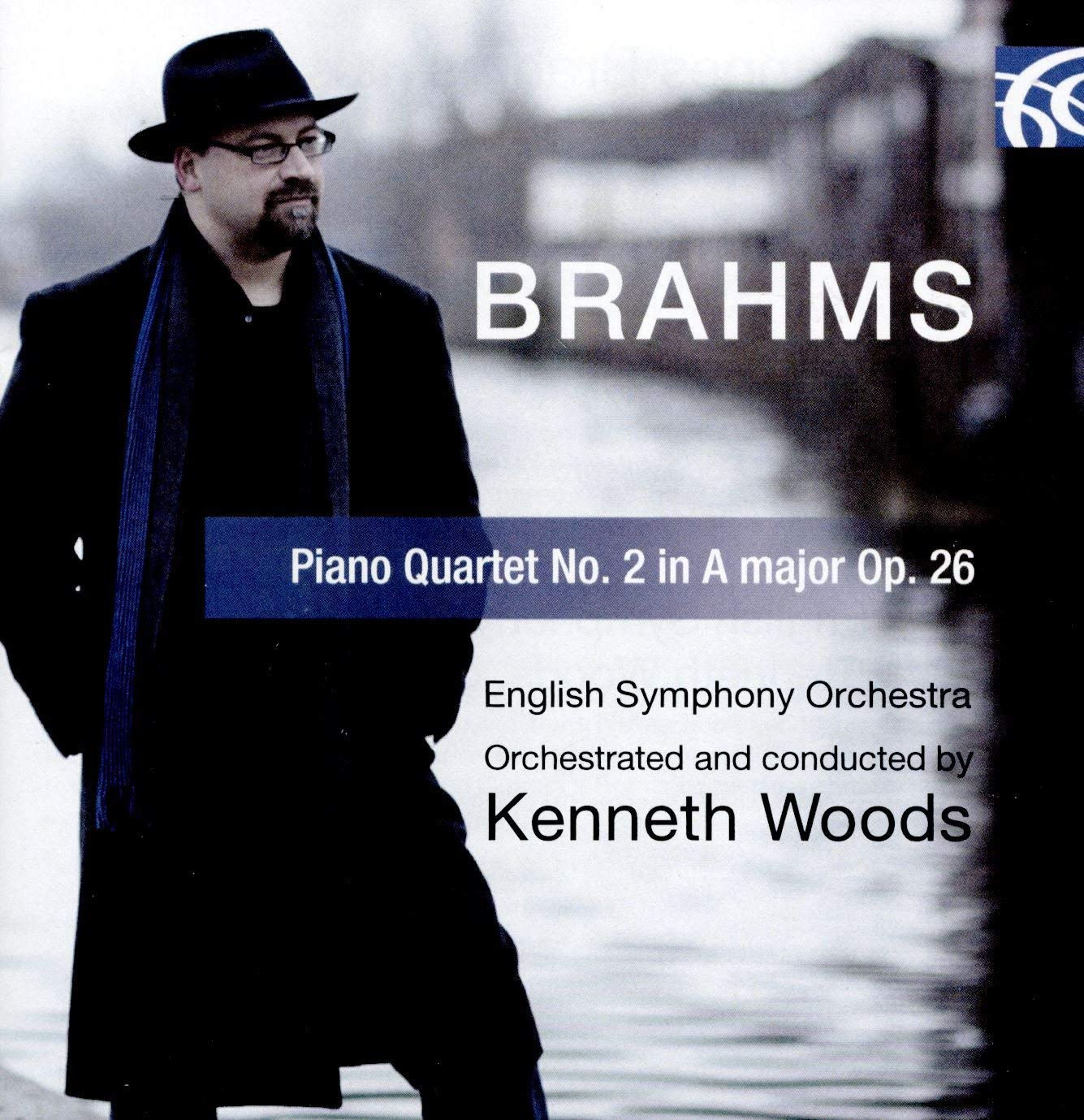 Brahms: Piano Quartet No 2 (orch. Woods) English Symphony Orchestra/Kenneth Woods (Nimbus Alliance)
Brahms: Piano Quartet No 2 (orch. Woods) English Symphony Orchestra/Kenneth Woods (Nimbus Alliance)
The starting point for this orchestral transcription of Brahms's A major Piano Quartet was a chamber coaching session in 2008, where cellist and conductor Kenneth Woods suggested that the pianist play the soft opening fanfare “like a quartet of hunting horns”. Woods made a point of not listening to Schoenberg's flamboyant version of the G minor Piano Quartet, and his realisation is less eccentric and more obviously Brahmsian. You won't find xylophones or trombone glissandi here. It's the tutti string scoring which feels instantly right, the viola and cello writing especially idiomatic. I’m not convinced by everything Woods does – the high opening horn parts are more taxing than anything you'd find in this composer’s output, and the glowering low brass chords near the start of the slow movement suggest Sibelius's Finlandia, but these are minor niggles. He's effectively given us an additional Brahms symphony.
Woods’ versatile English Symphony Orchestra respond with energy and warmth, and it's fun to compare their rich sound with the Scottish Chamber Orchestra on Robin Ticciati's recent set of the symphonies. This quartet is an early, extrovert piece and Woods taps into the music’s unbuttoned joy. The first movement’s close is a case in point, a cheery, affirmative musical hug, pitched to perfection in this performance. Depths are plumbed in Brahms's “Poco Adagio”, and the scherzo’s ingenuity shines through. And while the G minor quartet finishes with a blaze of nihilistic fury, this one ends in a blaze of brassy sunlight. All fascinating – a labour of love, handsomely recorded with decent notes.
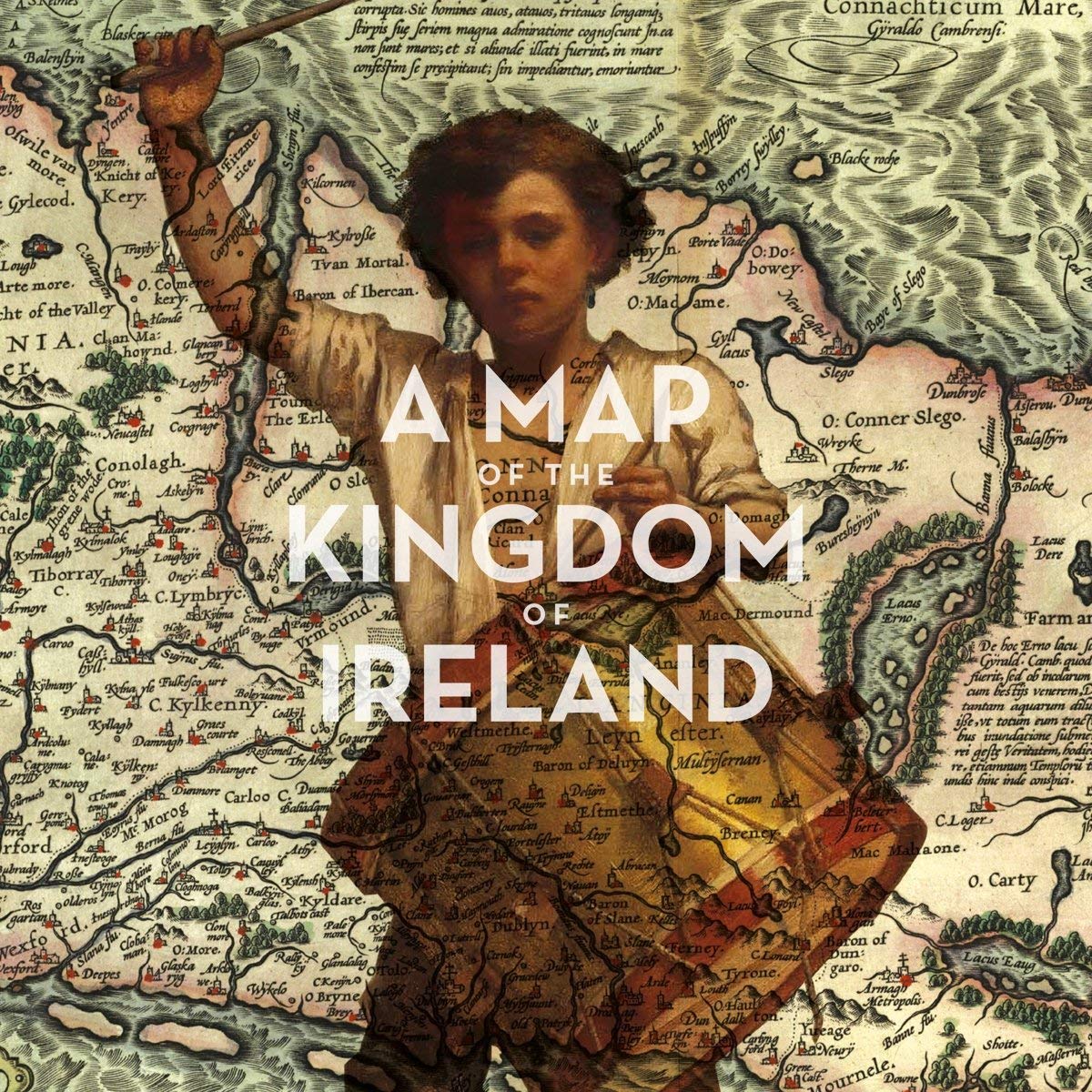 A Map of the Kingdom of Ireland – electro-acoustic music from the Island of Ireland (Heresy Records)
A Map of the Kingdom of Ireland – electro-acoustic music from the Island of Ireland (Heresy Records)
Dangerous things, musico-national stereotypes. France will forever be synonymous with the accordion, and Scotland with bagpipes. Ireland tends to conjure up images of folk fiddles and penny whistles, which is why this beguiling collection is a useful corrective. It was compiled by Heresy Records’ founder Eric Fraad, who suggests that “a sense of national musical identity” is detectable in these 17 tracks. Detailed, entertaining personnel credits are given for each one: it's fascinating to see the component parts listed and to note the lack of traditional Irish instruments, save the odd flute and a sampled harp. There's a consistent readiness to communicate, each piece making its point without too much preamble.
A pair of evocative miniatures by Paul Morrin top and tail the album, each one opening with a mellow sequence of resonant piano chords and electronics. Numbers with more prominent acoustic elements include Cathal Coughlan’s Richard Harris Blesses The Dawn Flotilla At Guilvinec and Stutter by Spooky Ghost. Pieces like GREETINGS' handsinmyhead and Daniel Figgis's Timothy Cream’s Crown of Wines throw in everything bar the kitchen sink, the dense textures like being assailed by loud, friendly voices in a crowded pub. There are also two items by the veteran Roger Doyle. Enjoyable stuff, and Heresy’s packaging is appealing, the sleeve decorated with details from a beautiful 16th century map of Ireland.

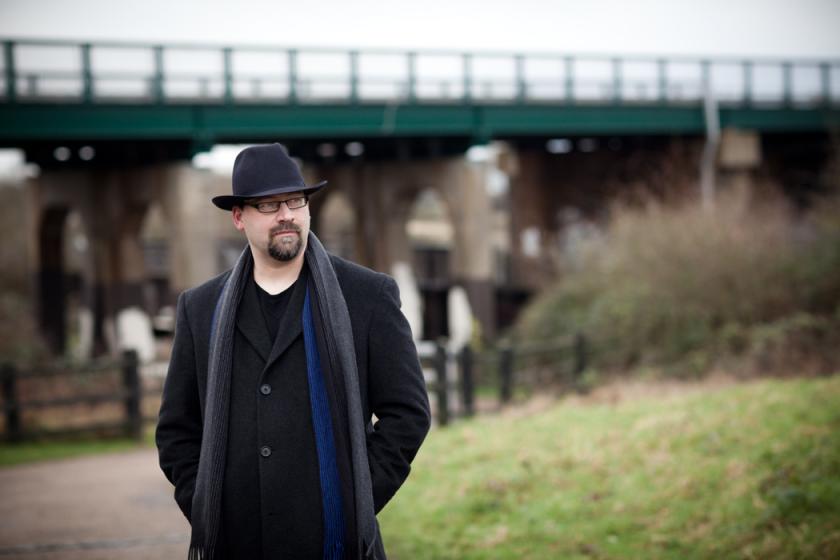

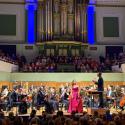
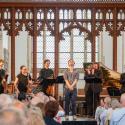









Add comment